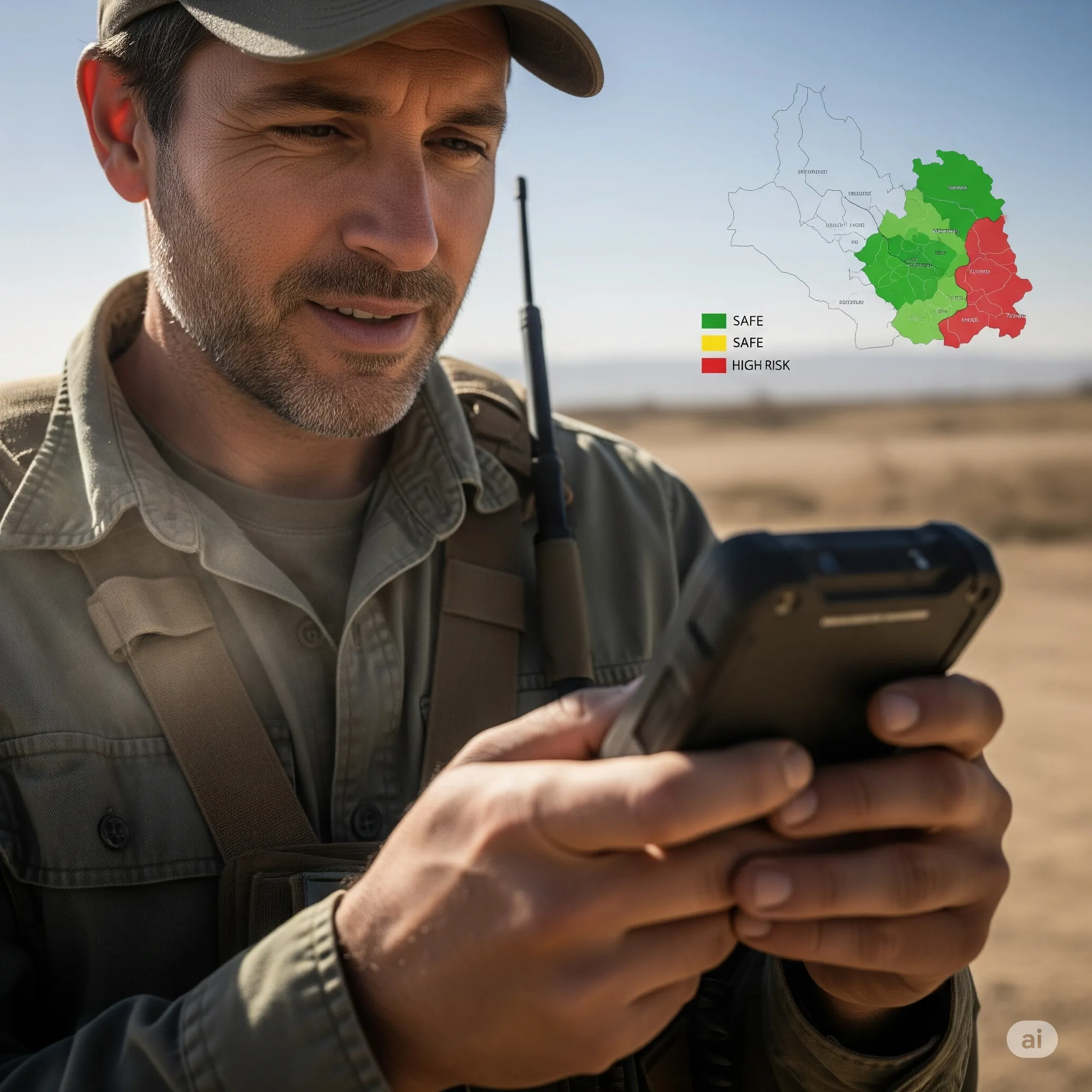Duty of Care is Non-Negotiable Our Security Framework for Field Operations in High-Risk Environments
Published on: Sat May 03 2025 by Ivar Strand
Duty of Care is Non-Negotiable: Our Security Framework for Field Operations in High-Risk Environments
Effective programming in fragile and conflict-affected states depends on the availability of reliable, ground-truth data. Gathering this data, by necessity, requires the deployment of personnel—the enumerators, monitors, and researchers who are the “human instruments” of our work—into environments that are often challenging and not straightforward.
Deploying staff into these settings carries with it a profound ethical and operational responsibility for their safety. In our view, “Duty of Care” is not a compliance item to be addressed in a manual. It is a non-negotiable prerequisite for any professional field operation, and it must be managed through a systematic, proactive, and multi-layered security framework.
The Principle of Proactive Risk Management
Security for field operations cannot be a reactive discipline. Waiting for a negative event to occur and then responding to it is a failure of planning. A professional approach to security is, by its nature, proactive. It is predicated on a continuous cycle of risk assessment, mitigation, and planning that is integrated into every stage of a project, from its initial design to its final data collection phase.
Our operational model is built on a simple, unambiguous principle: no single data point is worth compromising the health or safety of our personnel. This principle informs every decision we make regarding field deployments.
A Framework for Secure Field Operations
To translate this principle into practice, our firm operates under a standardized security framework. This framework is not a static document, but a dynamic system of protocols and procedures that are adapted to the specific context of each engagement. Its core pillars are as follows:
-
Dynamic Context and Risk Assessment. No field deployment proceeds without a detailed and current risk assessment of the specific operating area. This analysis is built from multiple sources, including open-source intelligence, reports from international security bodies, and, most critically, real-time information from our trusted local networks. This is not a one-time exercise; the assessment is updated continuously to reflect any changes in the local security, political, or social environment.
-
Secure Journey Management. We have a Secure Journey Management protocol in place for all field movements. This protocol mandates pre-approved travel routes, comprehensive communication plans, and regular check-ins with a designated security focal point. Travel to areas assessed as high-risk necessitates a higher level of management authorization. Our partnerships with professional security firms are an integral part of this operation. We conduct extensive due diligence and testing with these firms, viewing our relationship not as a commodity service, but as a crucial component of our security framework.
-
Redundant Communication Protocols. We establish and test multiple layers of communication for all field teams, including satellite phones, radios, and secure messaging applications. A clear protocol governs the mandatory frequency of check-ins. A missed check-in automatically triggers a pre-defined and escalating series of actions to re-establish contact or confirm the team’s welfare.
-
Scenario-Based and Context-Specific Training. All staff deploying to high-risk environments, both international and national, are required to have up-to-date Hostile Environment and First Aid Training (HEFAT) or its equivalent. This is supplemented by project-specific security briefings and scenario-based drills that rehearse the team’s response to a range of credible contingencies, such as a medical emergency, a vehicle breakdown in a remote area, or an encounter with armed actors.
-
Documented Contingency and Evacuation Planning. For every field operation, a specific and detailed contingency plan is documented and shared with all team members. This plan outlines the pre-agreed actions and escalation paths for a range of plausible scenarios. It includes detailed contact information for vetted local support assets, approved medical facilities, and relevant consular services.
Local Networks as a Core Security Asset
A central component of our security methodology is our deep reliance on trusted, long-standing local networks. These networks are not just a resource for programmatic work; they are a primary source of the granular, real-time security information that is essential for accurate risk assessment and safe journey management. This local knowledge provides a level of situational awareness that cannot be achieved from a distance.
Ultimately, the professional collection of data requires a professional security architecture to protect the collectors. A systematic and proactive security framework is not an operational burden; it is the essential enabling condition for gathering credible data in the world’s most challenging places.



